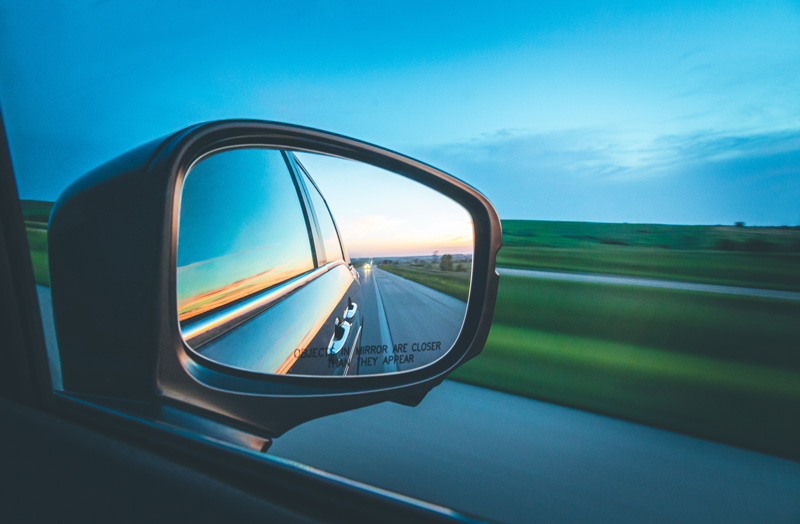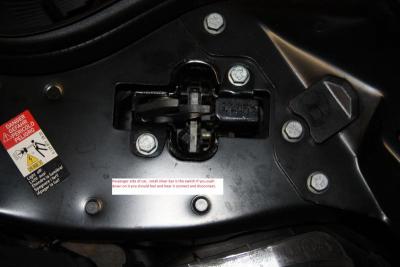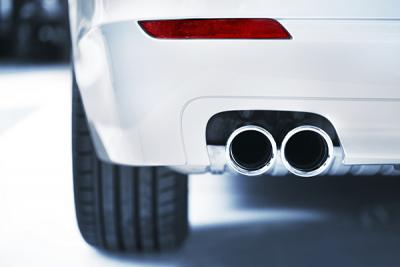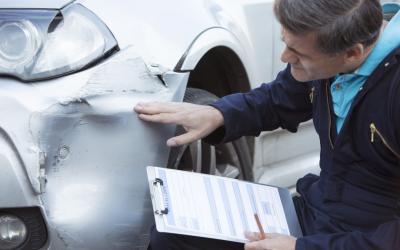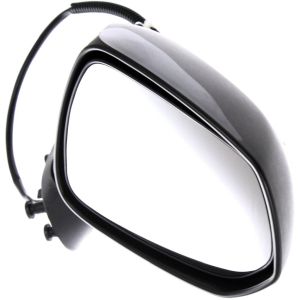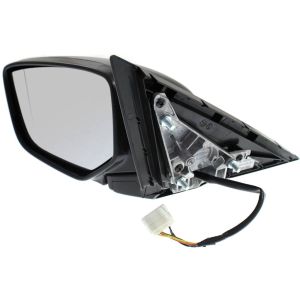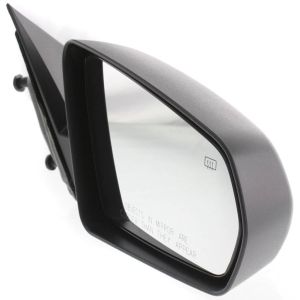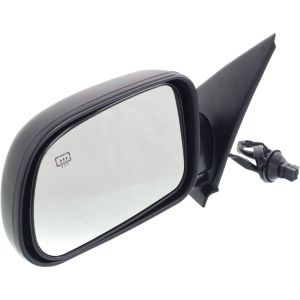In today's fast-paced world, road safety is a top priority for every driver. One crucial aspect of road safety is often overlooked - car mirrors. These unassuming reflective surfaces play a pivotal role in preventing accidents, reducing blind spots, and ensuring a safe driving experience. In this comprehensive guide, we will delve into the world of car mirrors, exploring their types, functions, maintenance, and the latest technological advancements. So, fasten your seatbelt as we reflect on safety and discover the ultimate guide to car mirrors.
Types of Car Mirrors
Convex Mirrors
Convex mirrors are known for their outward-curved shape, which provides a wider field of view. They are typically used as side mirrors to reduce blind spots.
Flat Mirrors
Flat mirrors are the standard rearview mirrors you find in most vehicles. They accurately reflect objects but have a limited field of view.
Blind Spot Mirrors
Blind spot mirrors are small, adjustable mirrors added to the side mirrors to enhance visibility in areas that might be hidden from the driver's view.
Automatic Dimming Mirrors
These mirrors are equipped with sensors that automatically dim the mirror to reduce glare from headlights behind you, improving nighttime driving.
Functions and Features
Reflecting Light
Car mirrors are designed to reflect light, allowing the driver to see what's happening behind and around the vehicle.
Reducing Blind Spots
Properly adjusted mirrors can significantly reduce blind spots, increasing safety when changing lanes or merging onto highways.
Adjustability
Most car mirrors are adjustable, allowing drivers to customize their view for optimal safety and comfort.
Heating and Defrosting
In cold climates, some mirrors come with heating elements to prevent frost or fog from obstructing the view.
Proper Mirror Adjustment
Mirrors' Field of View
Adjust your mirrors to ensure they cover all blind spots, extending your visibility without overlapping with other mirrors.
Eliminating Blind Spots
Correct positioning of your side mirrors can virtually eliminate blind spots, making lane changes safer.
Rearview Mirror Tilt
Tilting your rearview mirror slightly upward can help reduce headlight glare from vehicles behind you.
Side Mirror Positioning
Angle your side mirrors outward, so you only see a small part of your vehicle, increasing coverage of the lanes beside you.
Maintenance and Cleaning
Cleaning Techniques
Regularly clean your mirrors with a soft, lint-free cloth and a glass cleaner to maintain clarity.
Replacing Damaged Mirrors
If your mirror is cracked or damaged, it's essential to replace it promptly for safety and visibility.
Rust Prevention
Prevent rust on mirror housings by promptly addressing scratches and dents.
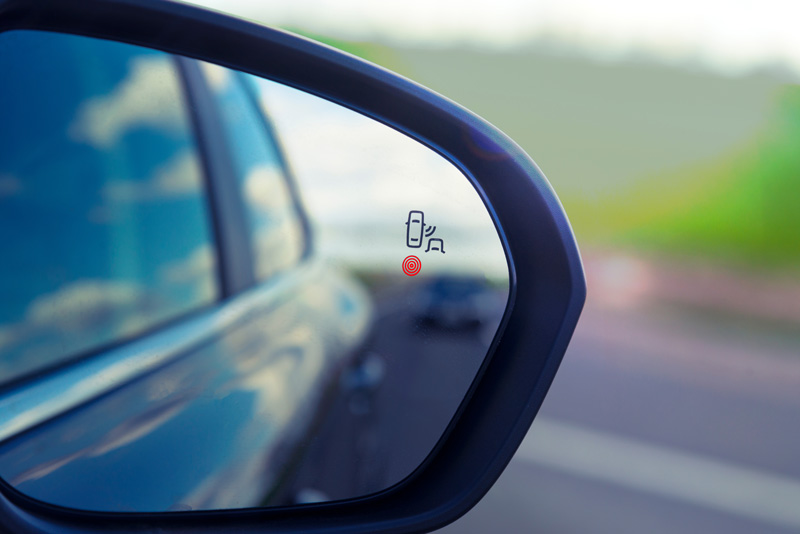
Advanced Mirror Technologies
Cameras and Displays
Modern vehicles may feature cameras that display live video on the dashboard, providing a 360-degree view.
Blind Spot Detection Systems
Some cars come equipped with advanced systems that warn you of vehicles in your blind spots.
Heads-Up Displays
Heads-up displays project essential information onto the windshield, reducing the need to glance at mirrors while driving.
Legal Requirements
Vehicle Regulations
Check your local vehicle regulations to ensure your mirrors comply with legal requirements.
State Laws
Different states may have specific mirror-related laws, such as mirror position and tint restrictions.
Enhancing Safety Through Car Mirrors
Car mirrors aren't just about reflecting your surroundings; they play a vital role in enhancing safety.
Preventing Accidents
Well-adjusted mirrors help prevent accidents by providing a clear view of what's behind and around your vehicle.
Parking Assistance
Mirrors are invaluable when parking, allowing you to gauge distances and avoid obstacles.
Nighttime Driving
Dimming mirrors and anti-glare features improve visibility and safety when driving at night.
FAQs (Frequently Asked Questions)
- Are there any legal requirements for car mirrors?
- Yes, there are legal requirements for car mirrors, including their positioning and compliance with vehicle regulations. Make sure to stay updated on your local laws.
- How can I reduce blind spots with my car mirrors?
- Proper mirror adjustment, specifically the side mirrors, can help reduce blind spots. Ensure they cover areas not visible in your rearview mirror.
- Do all vehicles come with automatic dimming mirrors?
- No, not all vehicles come with automatic dimming mirrors. This feature is typically found in higher-end or newer vehicles.
- Can I install blind spot mirrors on my existing side mirrors?
- Yes, you can install blind spot mirrors on your existing side mirrors to enhance visibility and reduce blind spots.
- What should I do if my car mirror is damaged?
- If your car mirror is damaged, it's essential to replace it promptly for your safety and visibility on the road.
